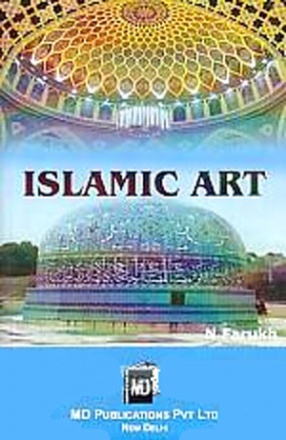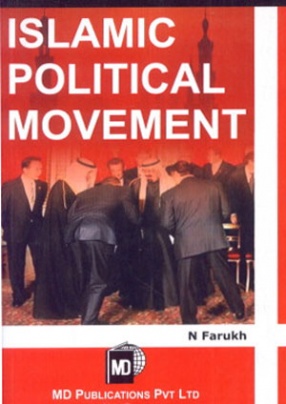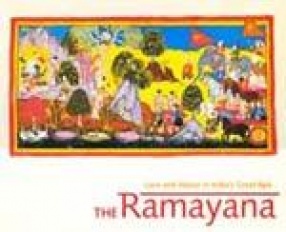Islamic art encompasses the visual arts produced from the 7th century onwards by people (not necessarily Muslim) who lived within the territory that was inhabited by cutlrually Islami poulations. It includes fields as varied as architecture, calligraphy, painting, and ceramics, among others. Typically, though not entirely, Islamic art has focused on the depiction of pattern and Arabic calligraphy rather than on figures because it is feared by many Muslims that the depiction of the human forms is idolatary and a sin against Allah, forbidden in the Qur'an.
Islamic art is not an art pertaining to religion only. The term "Islamic" refers not only to the religion, but to the rich and varied Islamic culture as well. Islamic art frequently adopts secular elements and elements that are frowned upon, if not forbidden by some Islamic theologians, Islamic art developed from many sources: Roman, Early Christian art, and Byzantine styles were taken over in early Islamic art and architecture. There are repeating elements in Islamic art, such as the use of geometrical floral or vegetal designs in a repetition known as the arabesque. The arabesque in Islamic art is often used to symbolize the transcendent, indivisible and infinite nature of Allah.






There are no reviews yet.